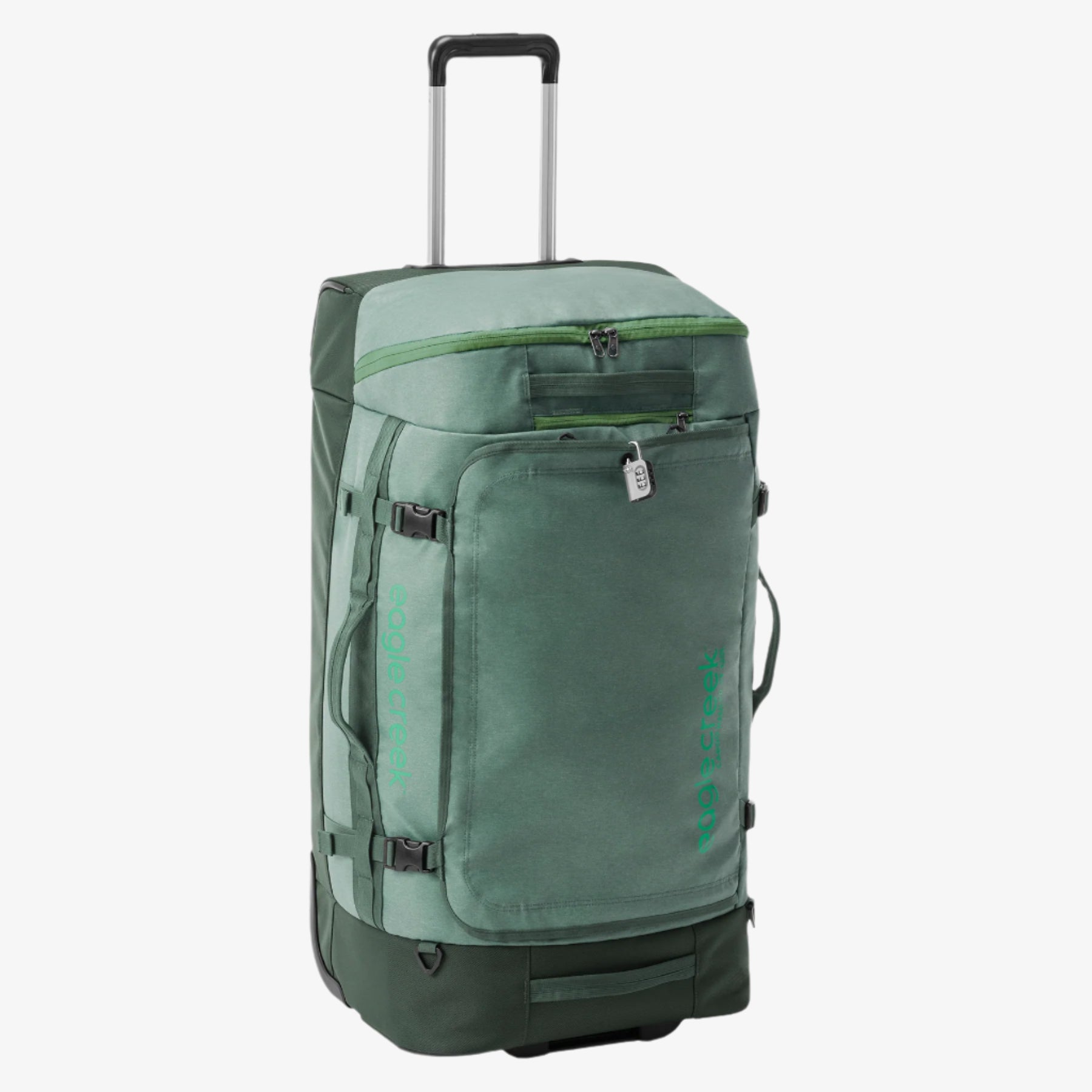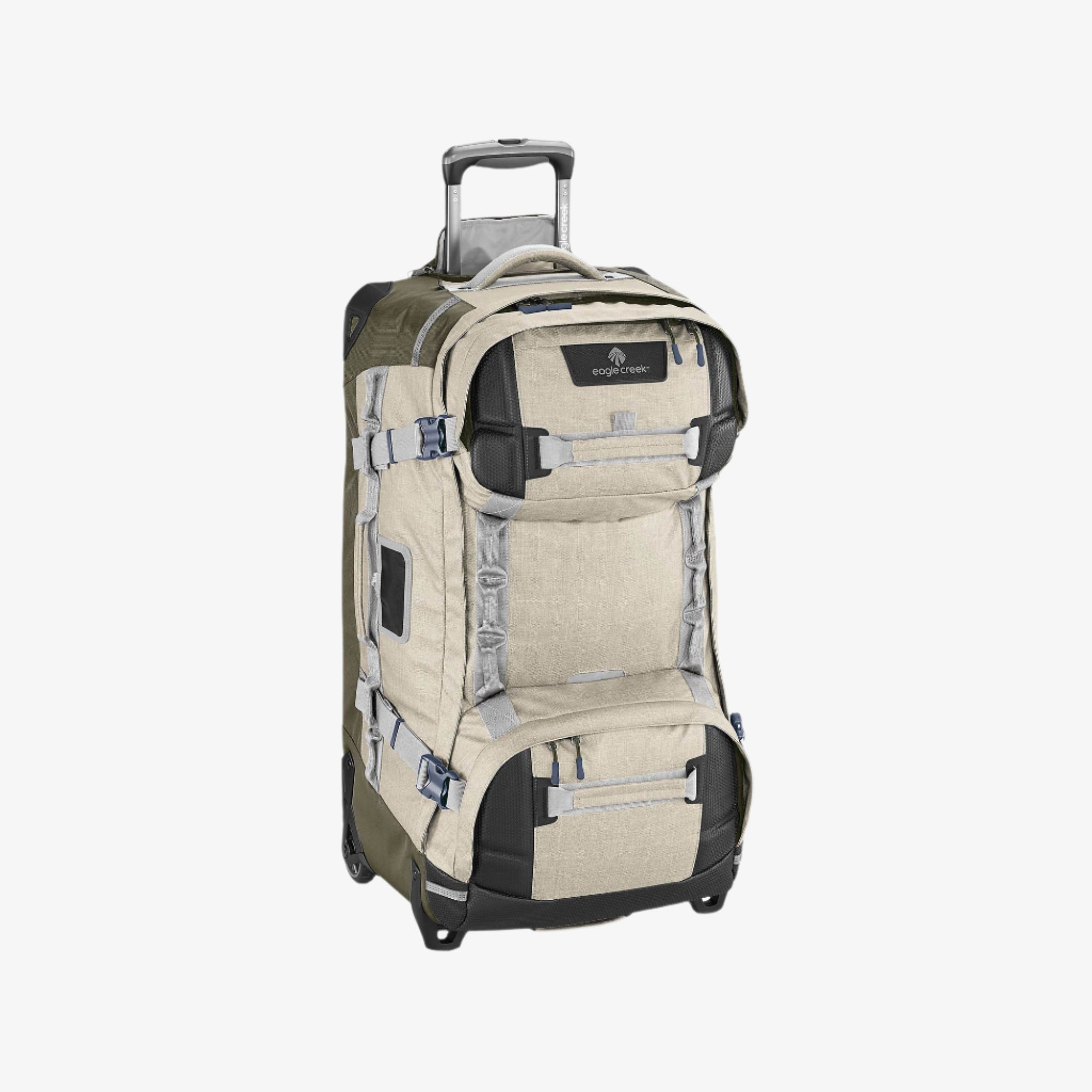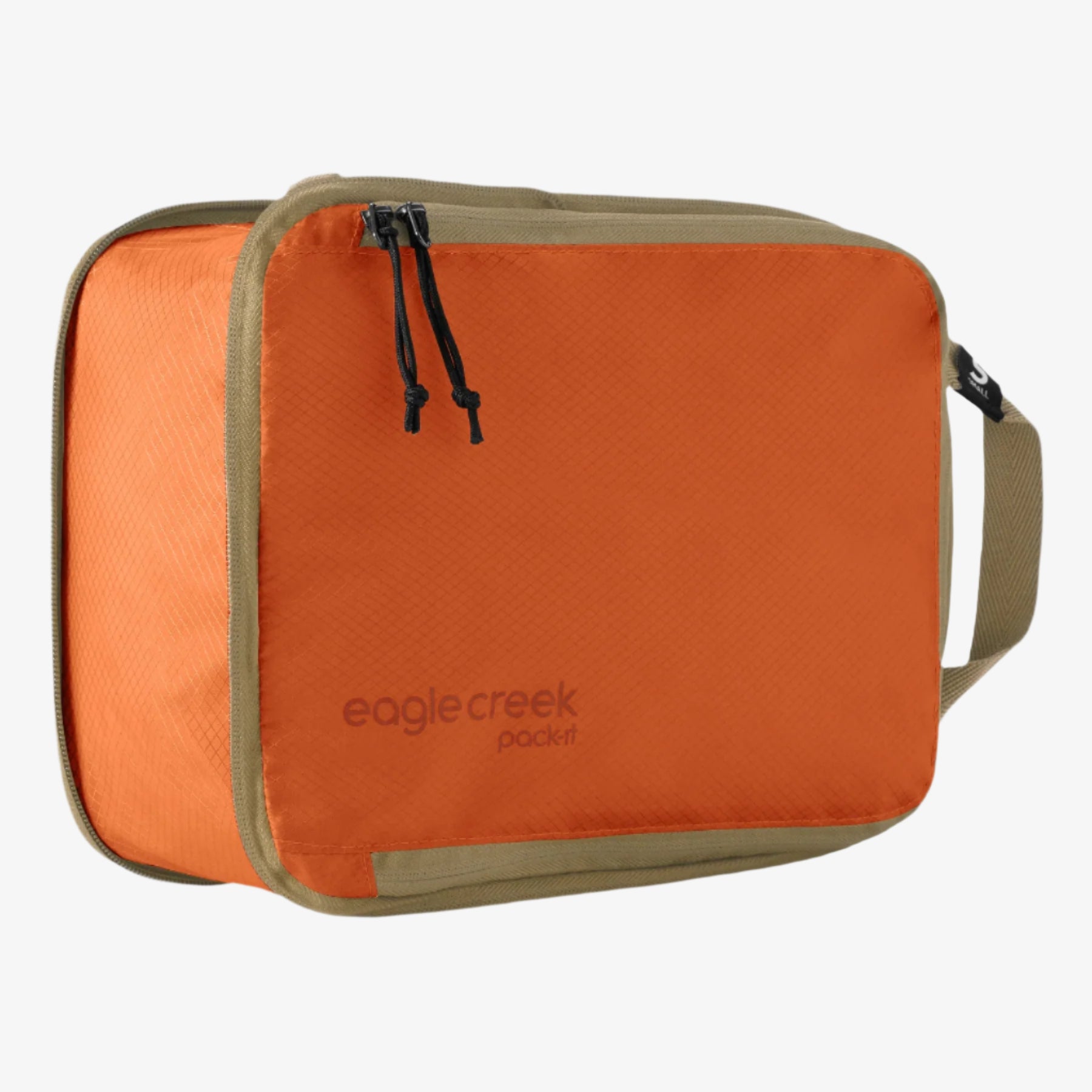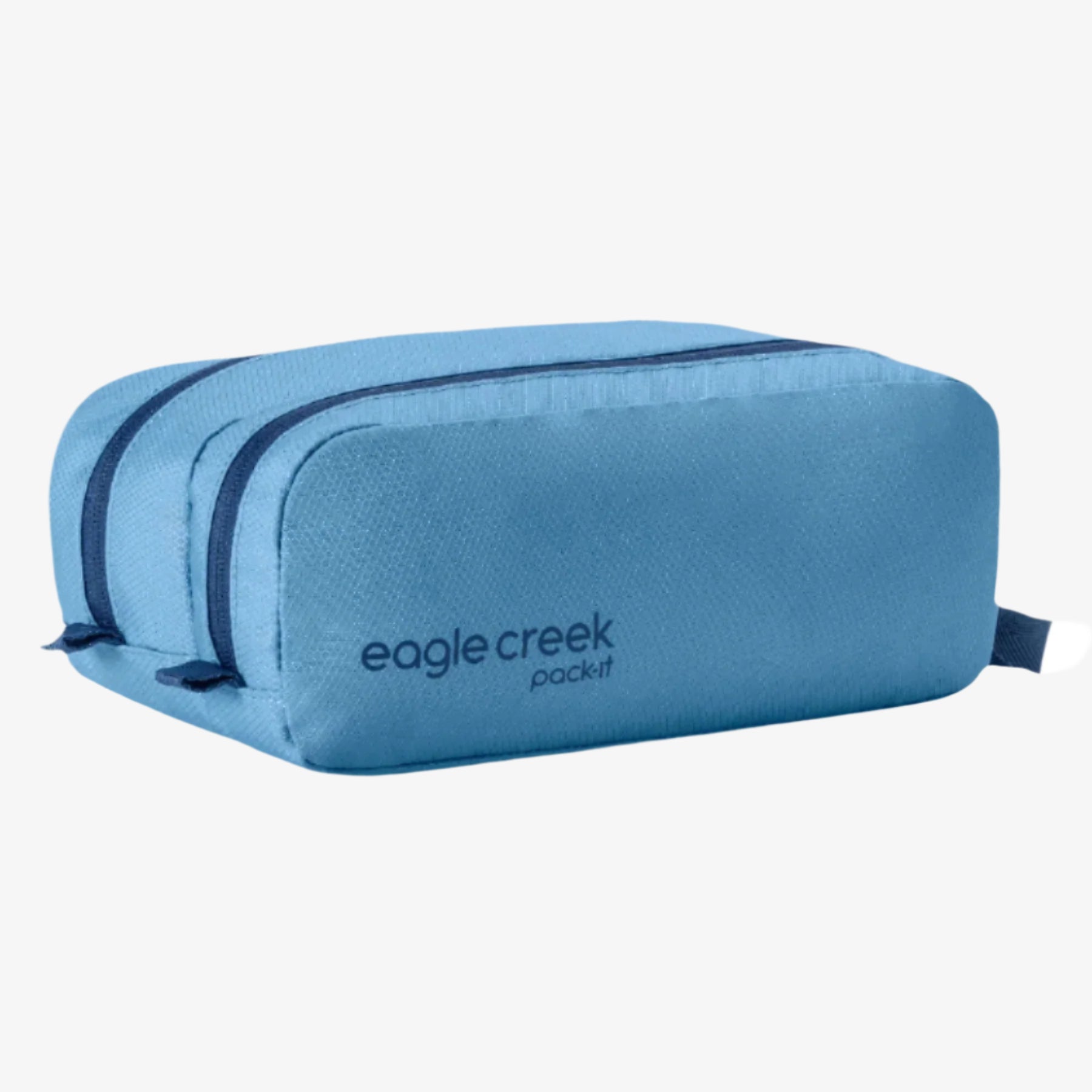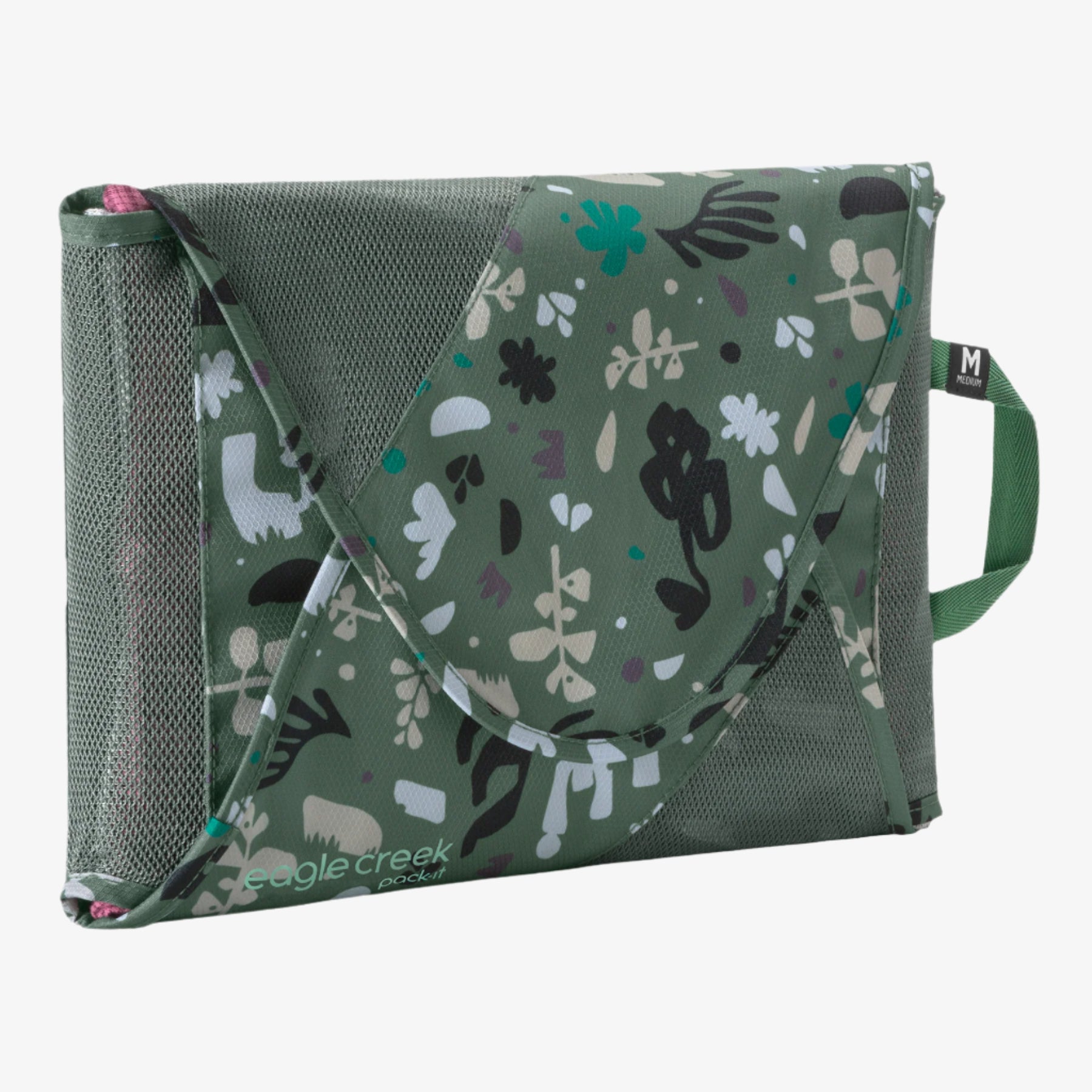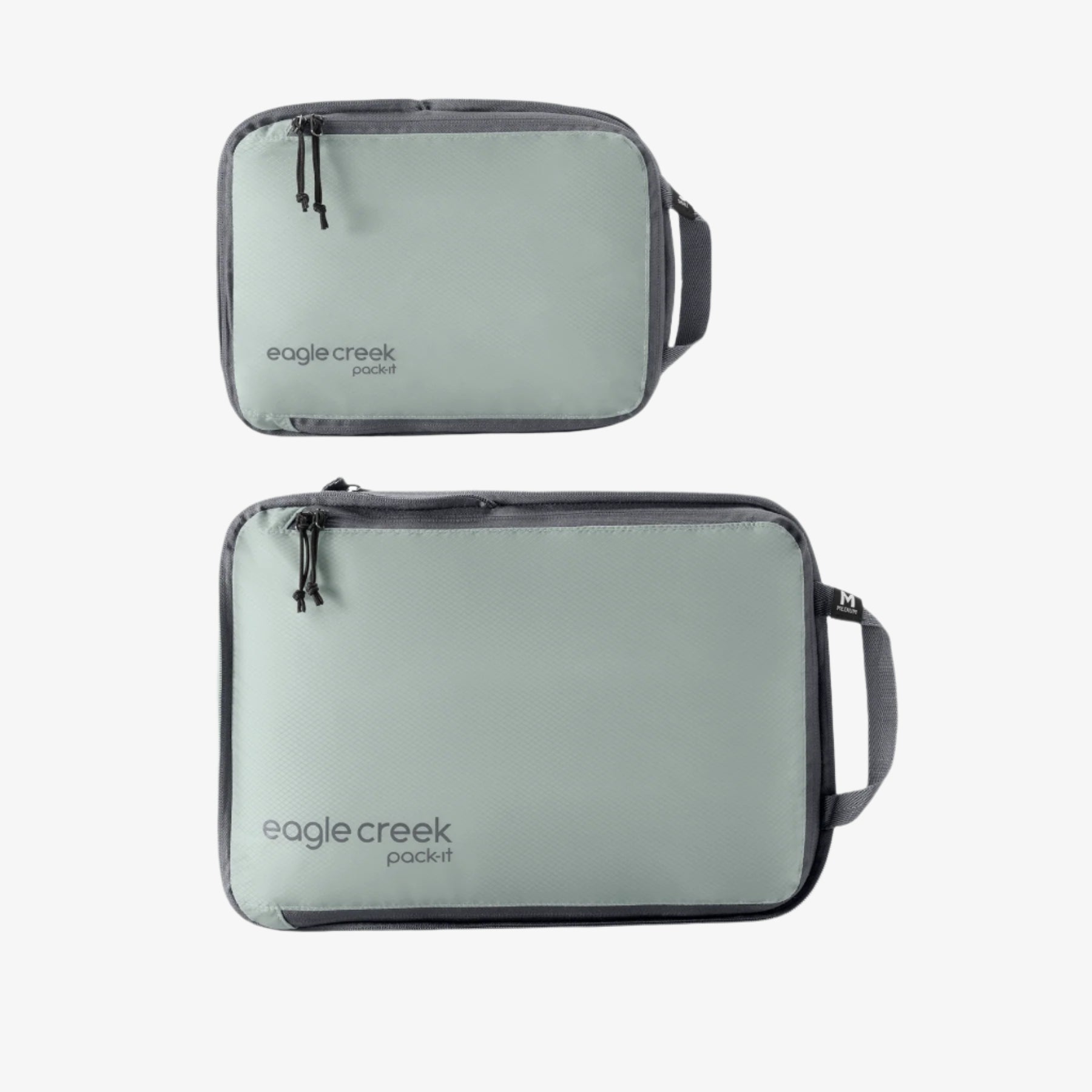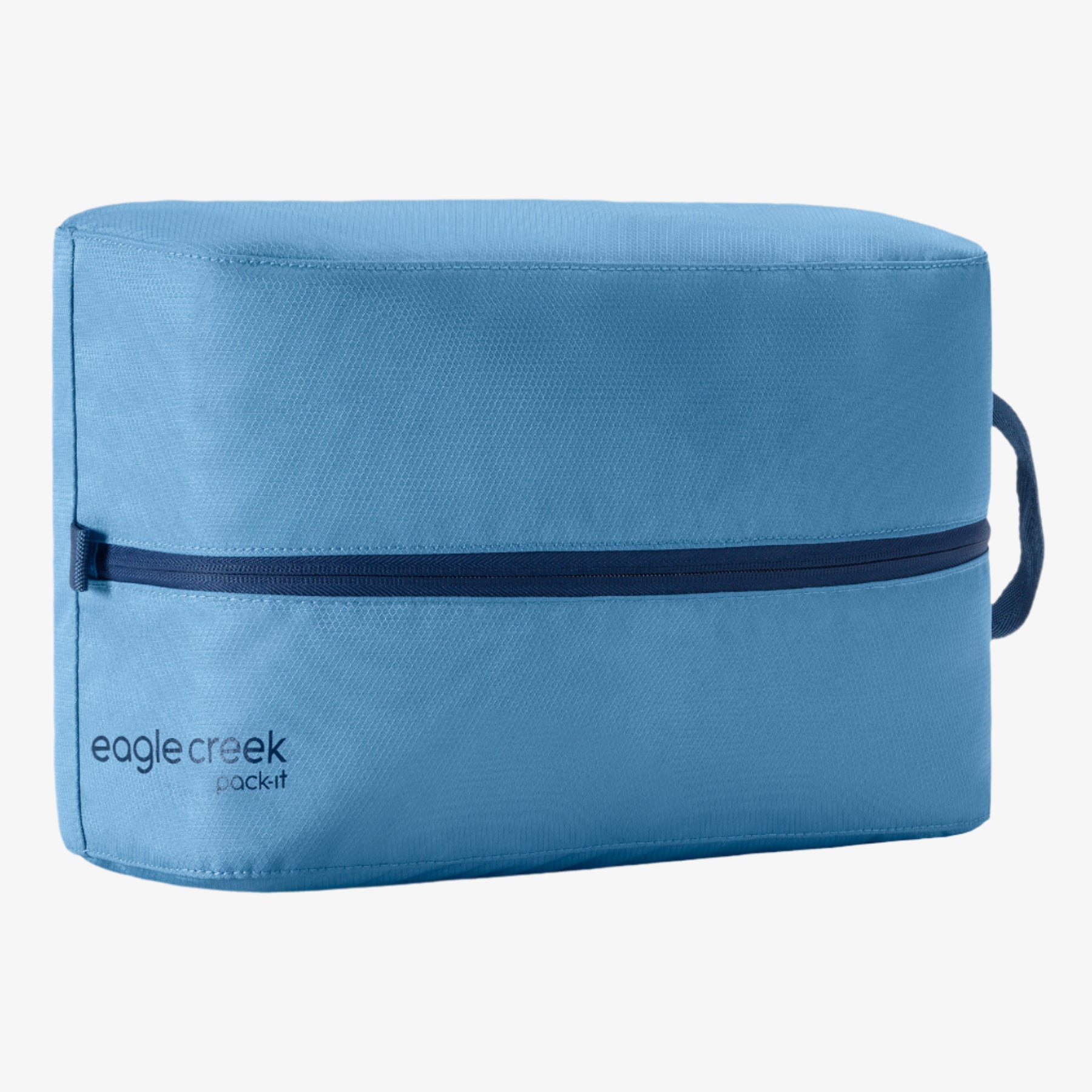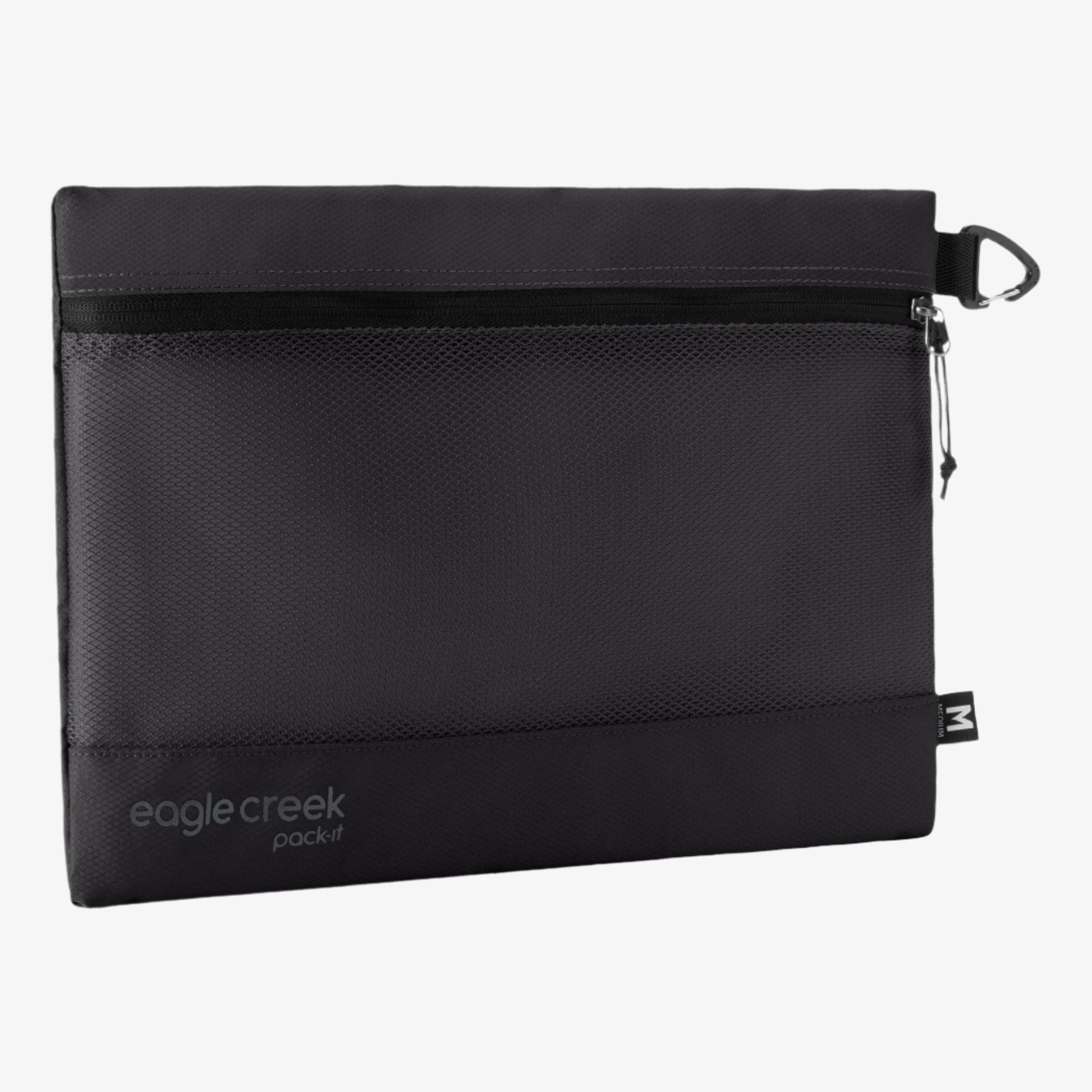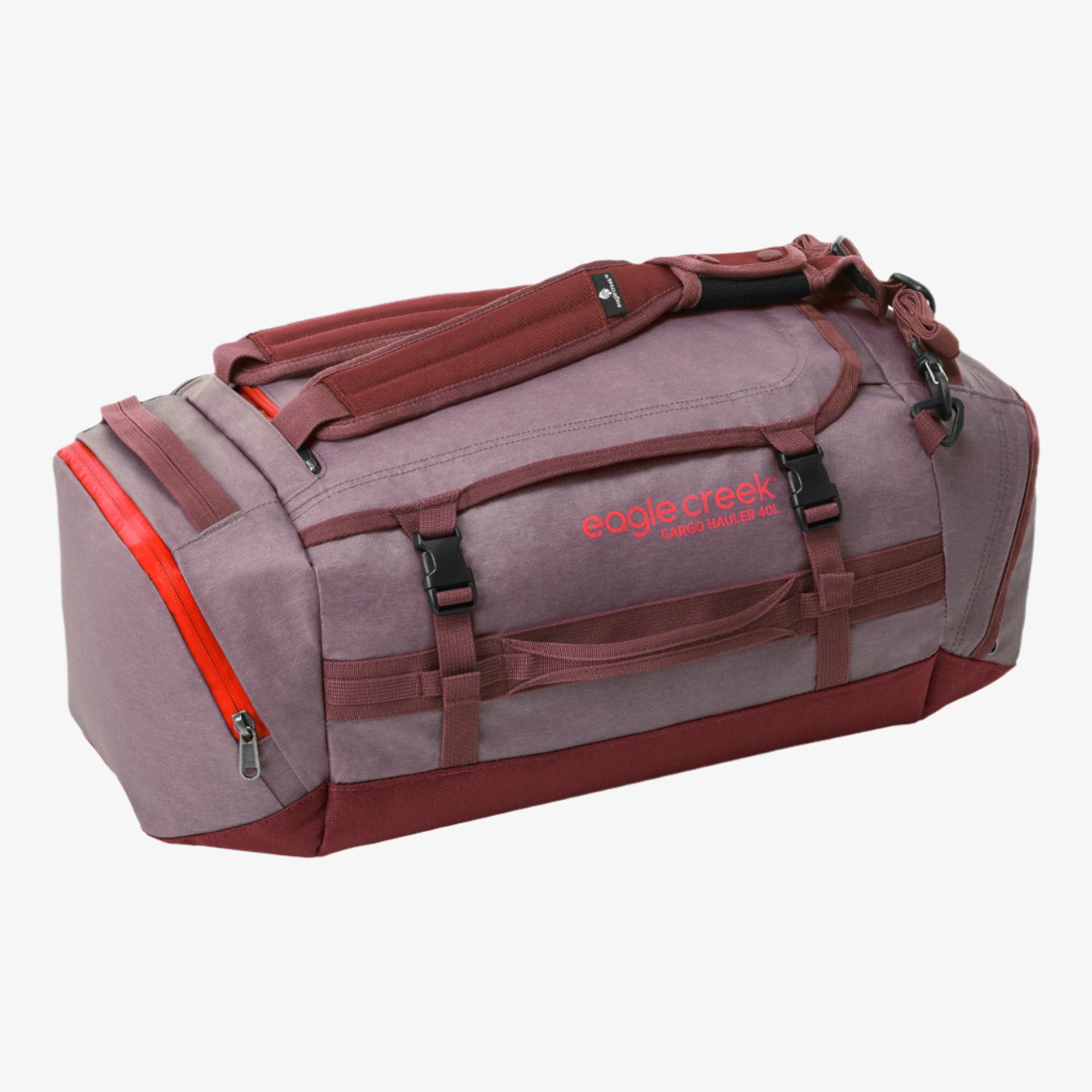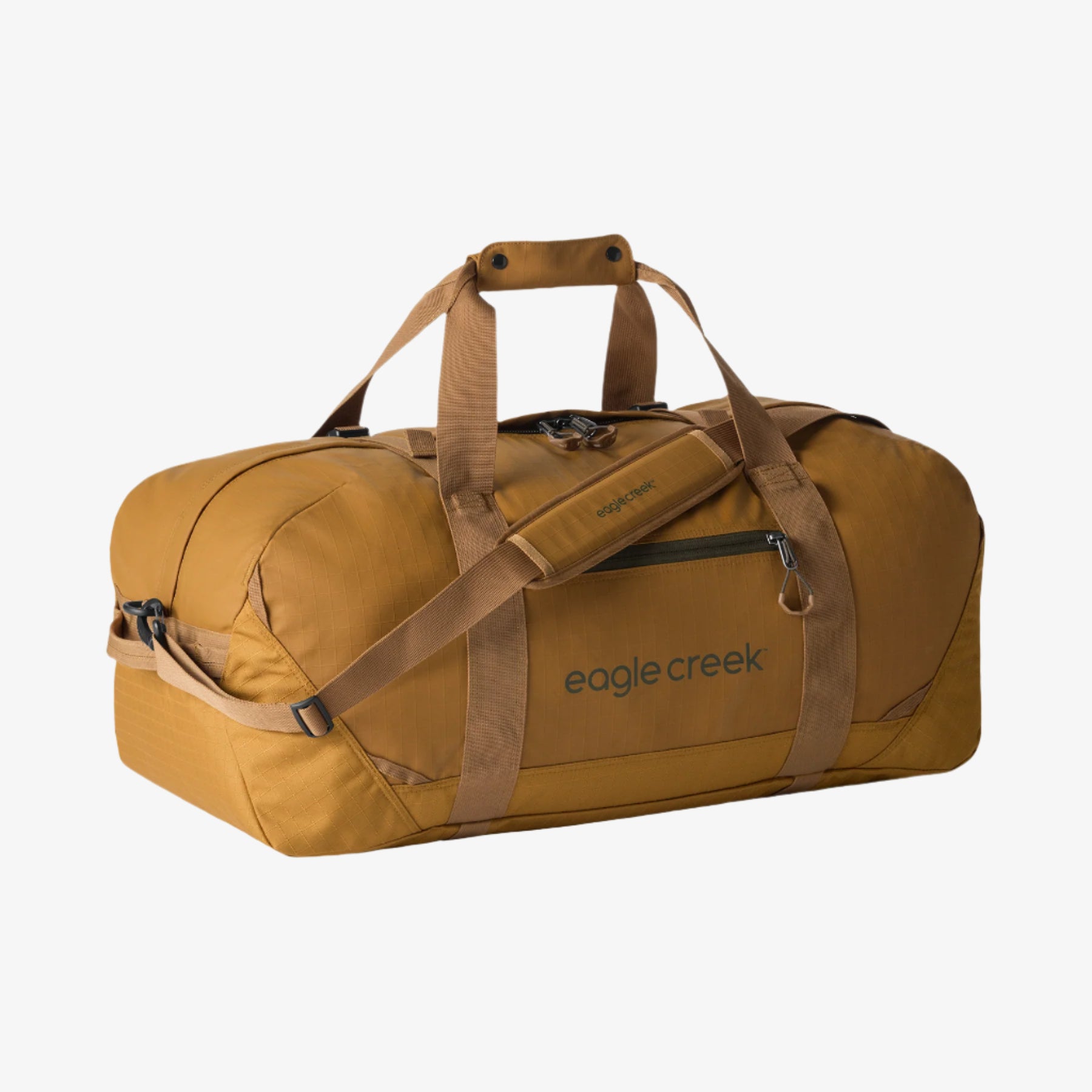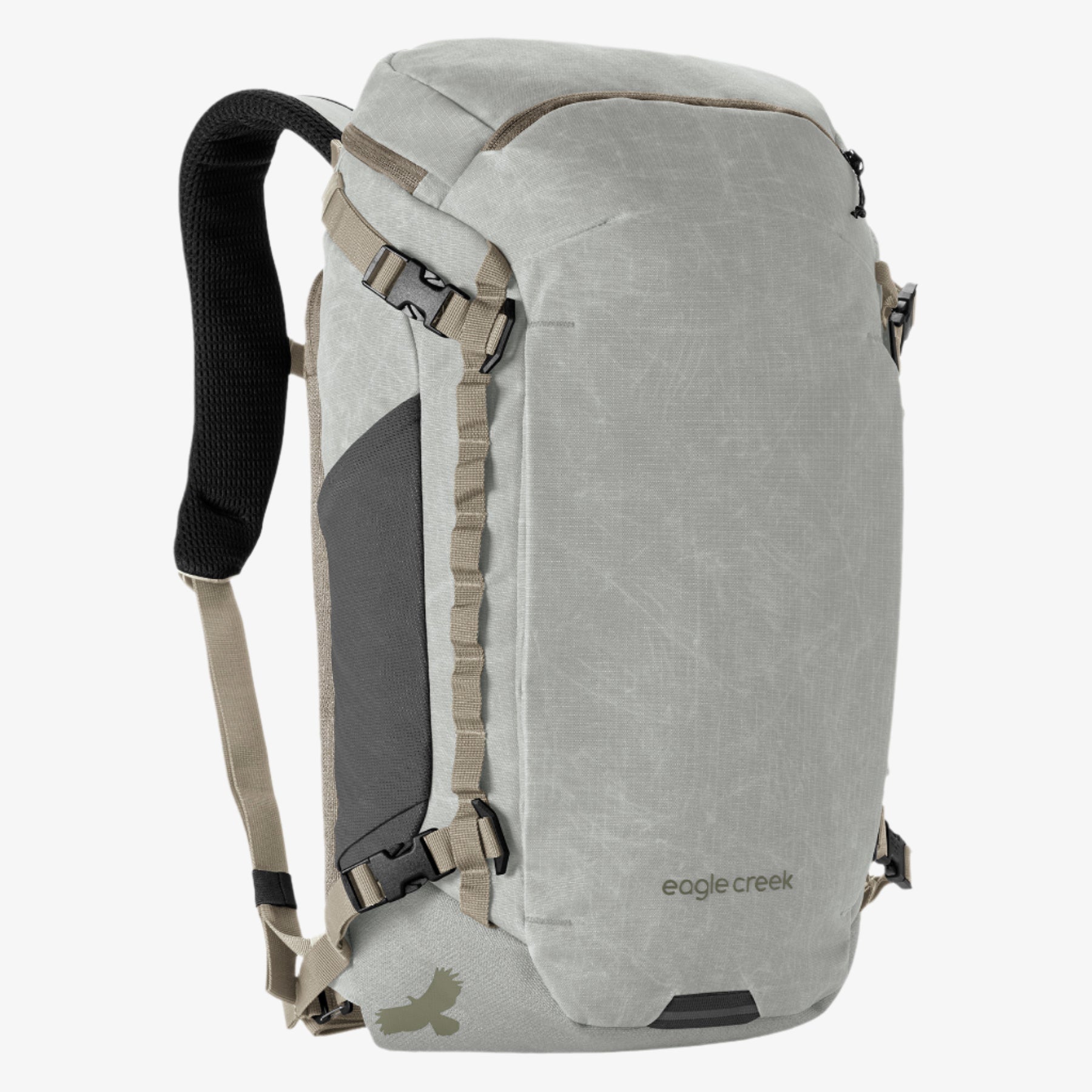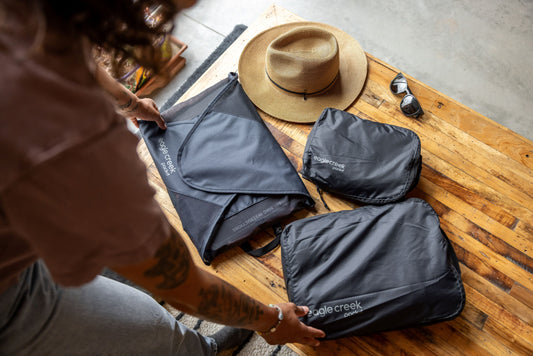Some of winter’s greatest adventures—skiing, snowshoeing, snowmobiling—take place in the backcountry, but a day of fun can become a nightmare if you become lost, injured, or your vehicle breaks down. What you pack and what you know can greatly impact how comfortable you are and how quickly help finds you.
Before You Go
The items you have on hand can give you a survival advantage in the backcountry. For any backcountry trip, you’ll want to pack calorie-dense foods like granola, extra water, a first aid kit, fire-starting kit, survival knife, shovel, and tarp, at the very least. In the winter, add spare gloves, hand warmer packets, and extra clothing to your duffel.
Dressing in layers during winter can make a difference, too. Your base layer should be a light-weight material that pulls moisture away from your body (avoid cotton), followed by a wool or fleece mid layer. In harsh conditions, consider a second mid layer like a sweater. The outermost layer should protect you from wind and water.
But don’t stop there. Your whole body—hands, feet, and legs—should have multiple layers. Keep gear organized in packing cubes for easy access.
Other Steps to Take
Knowing how to survive in the backcountry, especially in winter, isn’t intuitive. If you spend a lot of time during the winter camping, hiking, or enjoying the backcountry, consider taking courses in survival, foraging, and wilderness first aid. You’ll also want to master the art of starting a fire in the snow.
Because every minute can count in the backcountry, it’s important help gets to you as soon as possible. Before you leave, let family or friends know where you are going and when you will return so, if you don’t show up at the expected time, they can notify Search and Rescue (SAR).
Making a Shelter
Exposure to the wind and cold can result in hypothermia and frostbite. If you can, get below the tree line since the trees can protect you from the wind and offer shelter. Just prop a branch against a tree at a 45-degree angle, dig the snow out underneath, and drape your tarp over the branch. You can use pine needles and brush to insulate your shelter.
More elaborate options include digging a snow pit and covering it with a tarp, or fashioning a snow cave. If you don’t have a shovel or a tarp, pack the snow down around the base of a large tree, and use some branches to form a makeshift roof. Just test the ground around the tree so you don’t fall into a tree well.

Getting Fire and Water
A fire not only provides warmth but can be used to signal rescuers for help. To start a fire, dig a pit two feet into the snow, make a base of logs, add tinder, and light. It’s easier said than done, which is why a good fire-starting kit is essential. Store kindling (Vaseline-coated cotton balls work great), storm matches, and a small butane torch in a protective pouch to keep them dry.
Water is just as essential. Melt snow in a pan over a stove, if you have one. Or, fill a water bottle with snow and put it under your jacket until it melts. Every time you take a drink, add more snow to the bottle. Whatever you do, don’t eat snow to stay hydrated; you will lose too much precious body heat.
Signaling for Help
Depending on where you are in the backcountry, cell phones and satellite communicators may not get a signal. If they don’t, place a brightly-colored survival panel marker where it can be seen from the air. You can also throw green leaves or wood on your fire to create smoke. Or, signal searchers with a high-powered flashlight, emergency strobe, or whistle. You should store this winter survival gear in a water-resistant packing cube until you need it.
Surviving in the backcountry will be a challenge, but what you pack and any survival training you’ve had will make a big difference on how you fare. Take the time to create a backcountry survival kit in a Pack-It Gear cube and practice your winter survival skills before you go.

